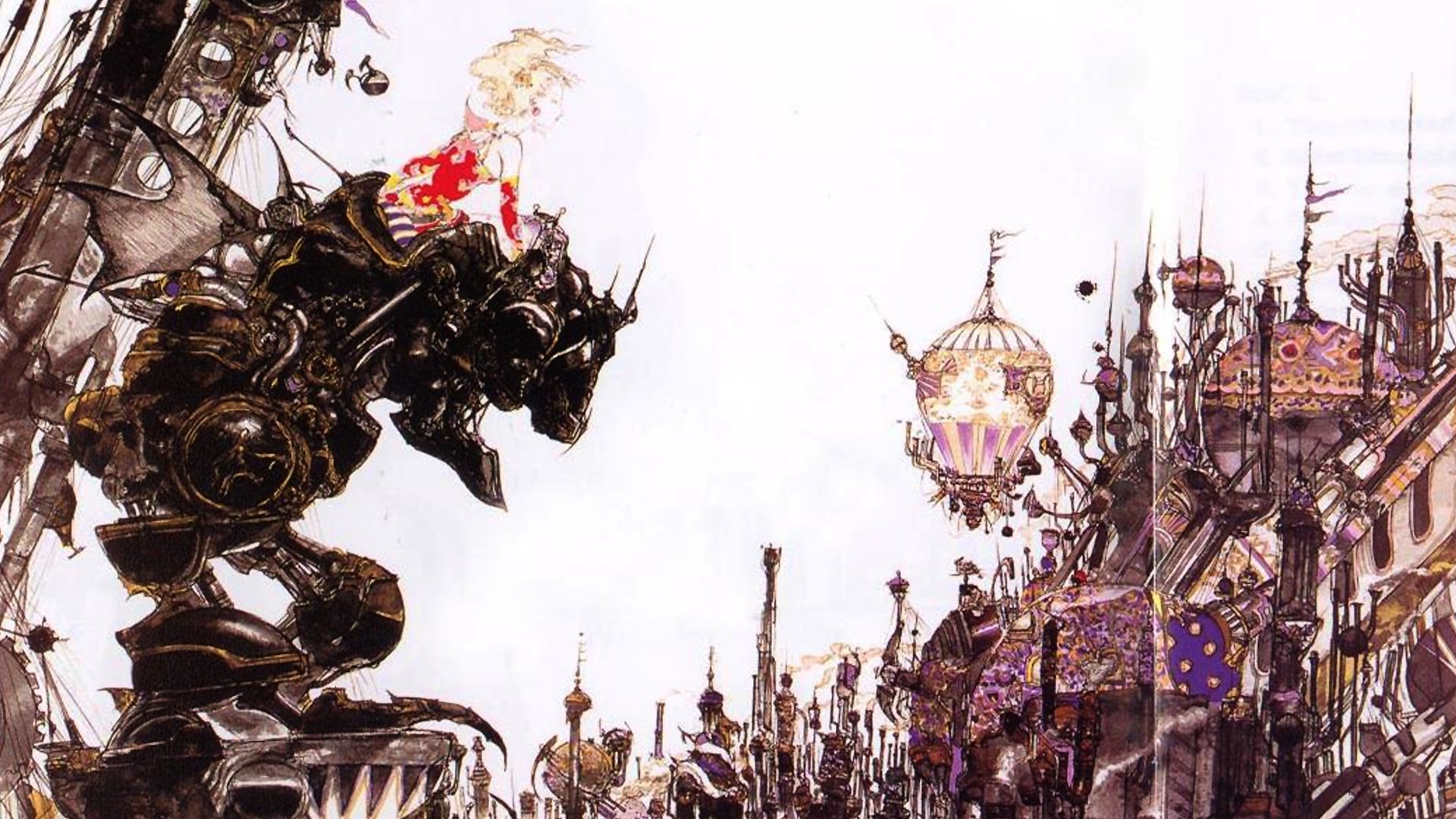

Kitase’s role was to piece these disparate vignettes together like a puzzle. As the game’s framework was designed to provide leading roles to all the characters in the game, everyone on the team came up with ideas for character episodes.” “Sakaguchi came up with the story premise, based on a conflict with imperial forces. “It was a hybrid process,” explains Kitase. That the final result was so cohesive despite being split up among the four is a testament to Square’s creative process at the time. Meanwhile, Tetsuya Nomura, who would later become the series’ main character designer, handled the look of the monsters, designing battle sprites for the 300-plus enemies encountered over the course of the game. Hideo Minaba was behind the world’s architecture and the interiors of the game’s many buildings, and Kazuko Shibuya assumed the role of character sprite designer. Tetsuya Takahashi – who later directed Xenogears and Xenoblade Chronicles for Nintendo, and was recently revealed to be working on a title called X – designed the imperial Magitek Armors seen in the game’s iconic introductory sequence, as well as being responsible for the world map. The collaborative nature of Final Fantasy 6’s inception is further evidenced by the contributions of its four key art directors. "The idea was to transform characters from mere ciphers for fighting into true characters with substance" Even though lines of responsibility were carefully drawn – necessarily so, for such an ambitious game with such a challenging development schedule – in reality the creative journey proved loose and collaborative. Work began on the game almost immediately after the international release of Final Fantasy 5 in 1992, and the entire production lasted just one year. It was then up to Sakaguchi to bring the project together as a whole, intelligible piece.” “If we consider that Final Fantasy games are divided into two core elements: battles and drama,” says Kitase, “then I oversaw design of the latter while Hiroyuki Ito supervised the battle aspects. With so many discrete elements, ensuring coherency and intelligibility for the player was inevitably Kitase’s most demanding challenge. I was essentially given the task of unifying all the scenarios and dramatic sections in the game into a coherent narrative.”įinal Fantasy 6 contains the largest cast of playable actors of any game in the series, with 14 permanent playable characters, and a further clutch of key performers who are either momentarily placed within the player’s control, or are crucial to the plot’s development. “He placed me in charge of event production, carefully assessing those parts I directed. “When it came time to begin work on Final Fantasy 6, Sakaguchi divided responsibilities between us,” says Kitase.


 0 kommentar(er)
0 kommentar(er)
